His leadership during the Rif War (1921–1926) against Spanish and French forces made him an international symbol of anti-colonial resistance. His pioneering guerrilla warfare tactics influenced revolutionary leaders like Ho Chi Minh in Vietnam and Che Guevara in Latin America. El Khattabi’s establishment of the Rif Republic was one of the earliest attempts at self-rule in colonized Africa, inspiring liberation movements across the continent.Their contributions are deeply inspiring—explore more about their remarkable legacies and cultural impact!
Historical Independence Heroes
INDEPENDENCE Heroes
Foundations of Freedom for Morocco
Courageous figures who fought for independence, justice, and national identity. Their resilience and leadership laid the foundation for a strong and unified Morocco.
Paving the Way to Our Freedom
Morocco’s fight for independence wasn’t just led by politicians—it was powered by brave fighters, passionate activists, and visionary intellectuals who stood against colonial rule. From the battlefields of the Rif to the underground resistance in cities, these heroes risked everything for freedom. Whether through armed struggle, journalism, or public mobilization, their determination united Moroccans and paved the way for independence in 1956. Their stories are a testament to courage, sacrifice, and national pride.
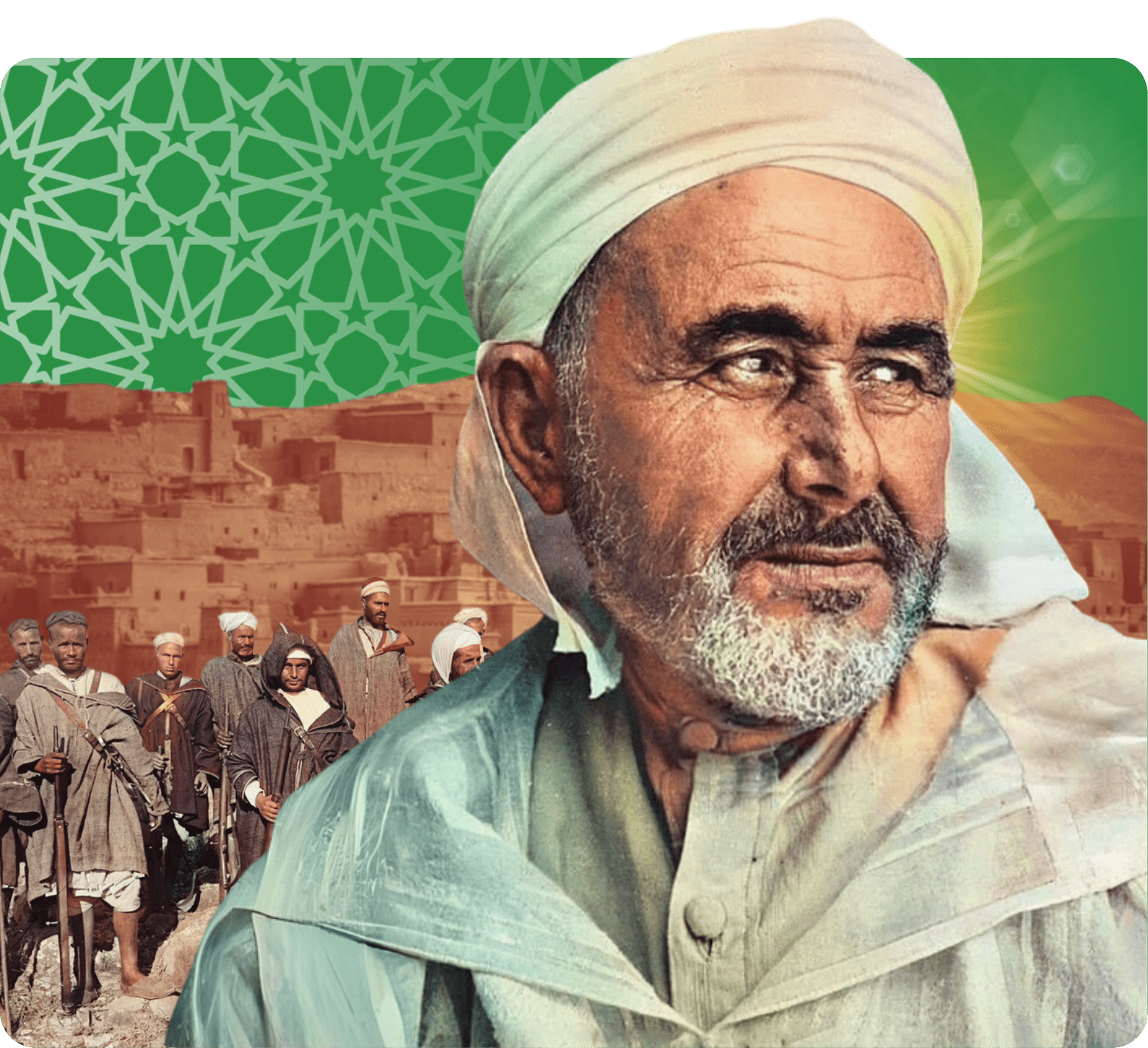
Pioneer in guerrilla warfare tactics
Abdelkrim El Khattabi
Faces of Morocco's Freedom
The Heroes Who Fought for a Nation
Morocco’s independence heroes were courageous fighters, activists, and intellectuals who challenged French and Spanish colonial rule. Through armed resistance, political activism, and public mobilization, they united Moroccans in the fight for freedom. Their dedication and sacrifices paved the way for Morocco’s sovereignty in 1956, leaving a lasting national legacy.
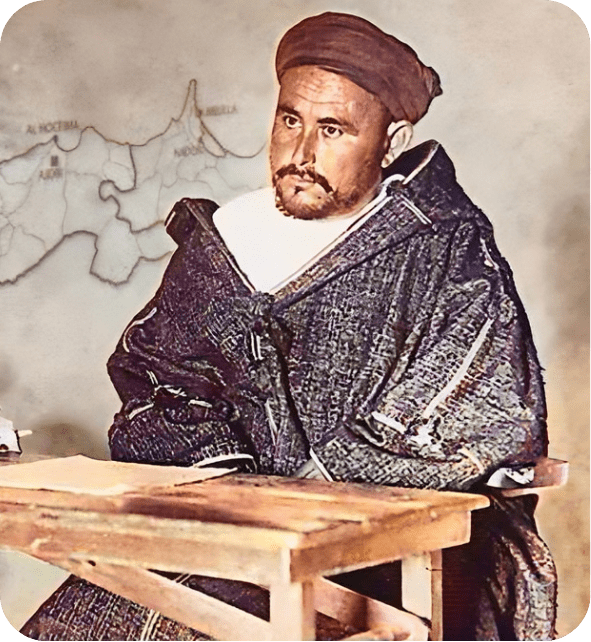
Abdelkrim El Khattabi
Active: 1920s–1960s
Abdelkrim El Khattabi was a revolutionary leader of the Rif Republic, leading fierce resistance against Spanish and French colonial forces. His innovative guerrilla tactics inspired global anti-colonial movements, making him a symbol of Moroccan resilience and the fight for independence.
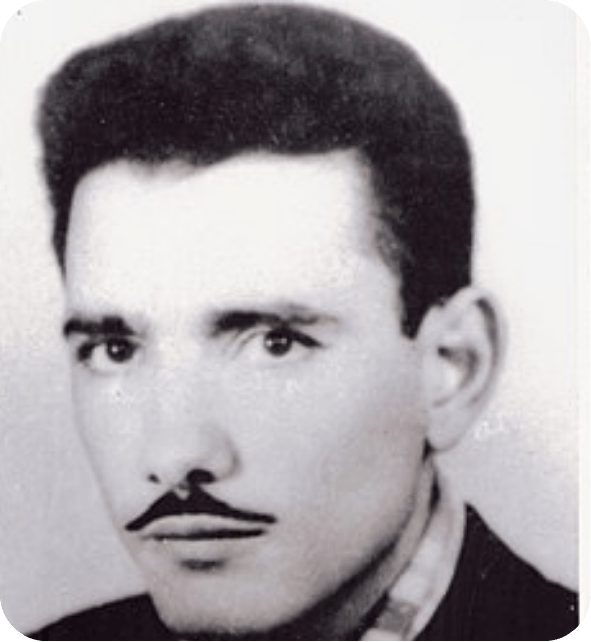
Mohamed Zerktouni
Active: 1940s–1954
Llegendary figure in Moroccan resistance, Zerktouni was a leader of the Moroccan Liberation Army (ALM). Known for organizing urban resistance cells, he was captured and killed by French authorities in 1954, becoming a martyr of the independence movement.

Abdelrahman El Yousfi
Active: 1940s–1950s
Though he later became involved in post-independence politics, El Yousfi was initially known for his activism and role in the Moroccan Liberation Army. His early work focused on resisting French colonial forces, particularly in the southern regions.
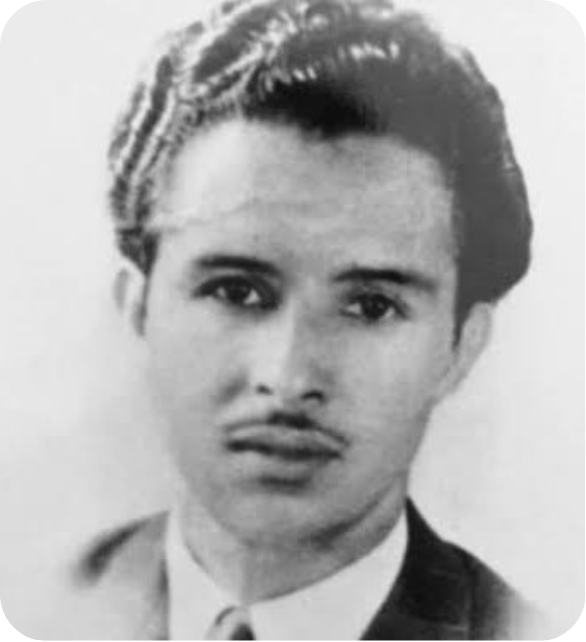
Abbas Messaadi
Active: 1940s–1956
Leader of the Moroccan Liberation Army (ALM) in the Rif region, Messaadi fought against both French and Spanish colonial forces. He played a significant role in armed resistance before his controversial assassination in 1956.
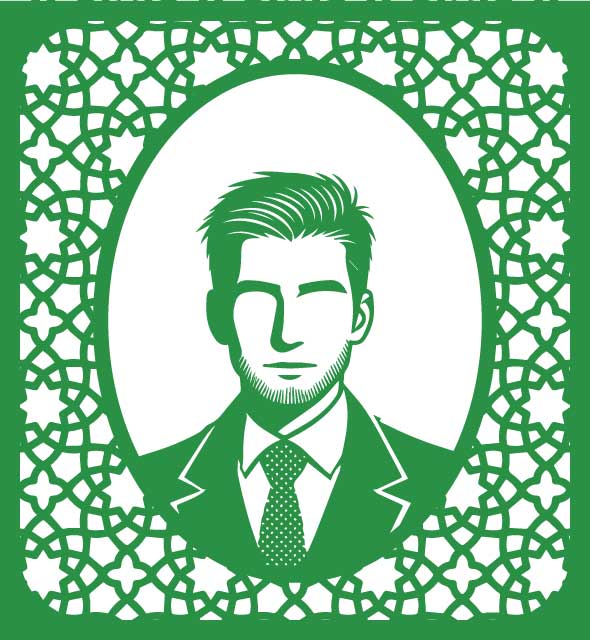
Mohamed Doukkali
Active: 1920s–1940s
Influential religious scholar and reformer, Doukkali used his platform to advocate for Moroccan sovereignty and national identity. His intellectual contributions inspired many early nationalists and resistance movements.
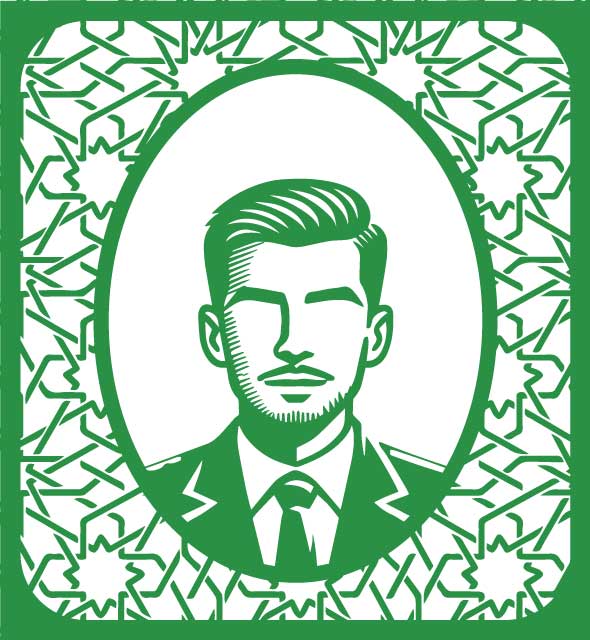
Bennouna Abdelkhalek
Active: 1930s–1950s
Journalist and activist from Tetouan, Bennouna was a key figure in raising awareness about the injustices of Spanish colonial rule in northern Morocco. His work helped unify nationalist sentiment across different regions.
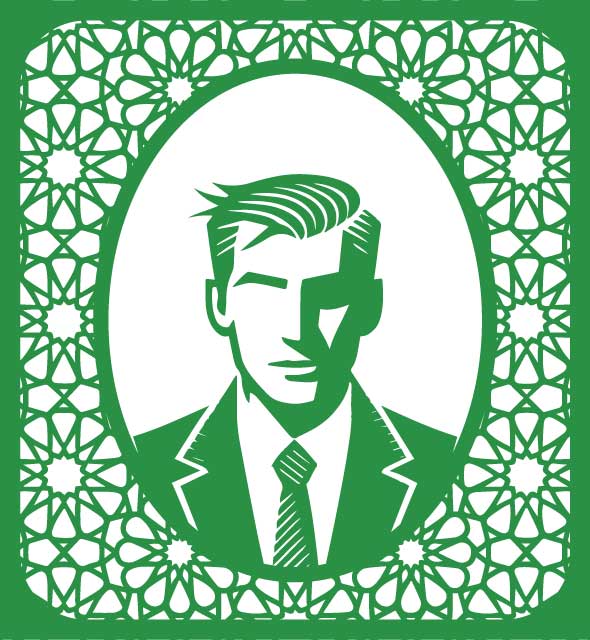
Mohamed Lyazidi
Active: 1940s–1950s
Lawyer and activist, Lyazidi was deeply involved in organizing the legal defense of Moroccan nationalists and advocating for independence through legal and political channels. He contributed to the drafting of early nationalist documents.

Benkacem El Kadiri
Active: 1920s–1950s
Prominent nationalist from northern Morocco, El Kadiri played a key role in organizing resistance against Spanish colonial forces. He worked alongside figures like Abdelkhalek Torres to mobilize local populations against foreign occupation.

Ahmed Agouliz
Active: 1950s–1960s
Resistance fighter known for his role in the armed struggle against French forces, Agouliz later opposed post-independence political repression. He became a symbol of the fight against both colonialism and authoritarianism before his death in 1964.
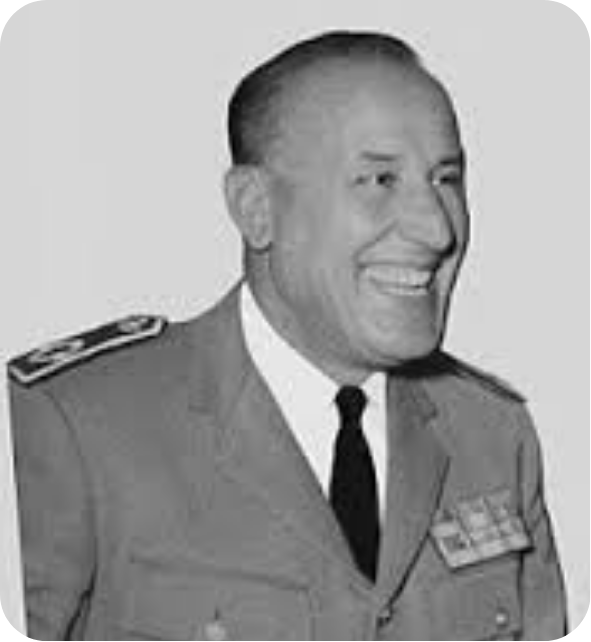
Si Mohamed El Bachir
Active: 1940s–1950s
Leader in the southern resistance movements, El Bachir organized tribal coalitions to fight French colonial forces in southern Morocco. His efforts were crucial in maintaining the independence movement’s momentum in rural areas.

Hassan El Aaraoui
Active: 1940s–1950s
Known for organizing urban resistance cells in Casablanca, El Aaraoui was instrumental in coordinating strikes, protests, and acts of sabotage against colonial authorities during the height of the independence struggle.
Architect of Morocco’s Freedom
Allal El Fassi
Allal El Fassi, a visionary leader of the Istiqlal Party, was pivotal in Morocco’s independence movement. He spearheaded the 1944 Manifesto of Independence and united Moroccans against French rule. A champion of Pan-Arabism, his political activism and intellectual contributions influenced anti-colonial movements across North Africa and the Middle East.
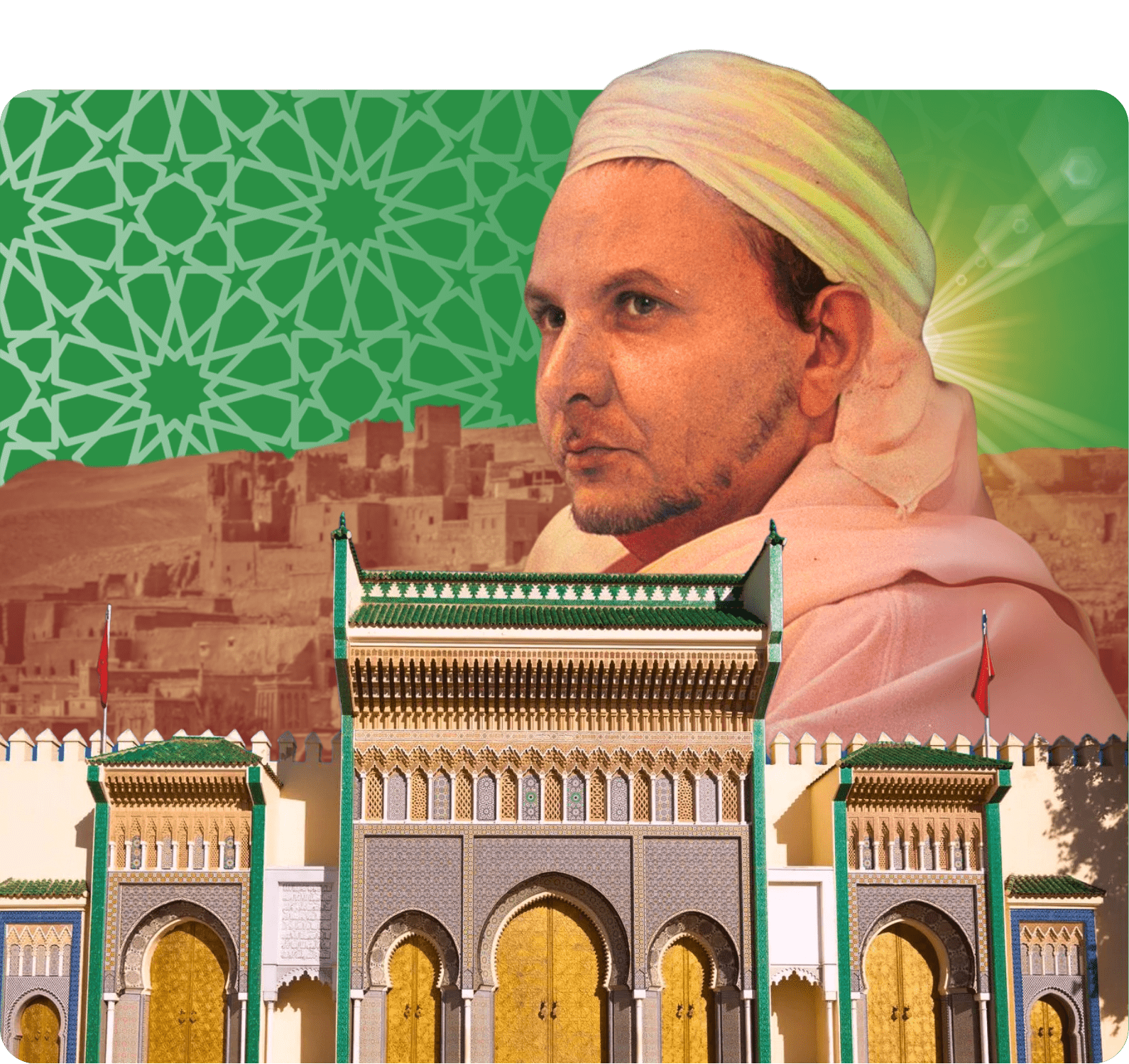
Milestones in Morocco’s Fight for Freedom
Morocco’s journey to independence was marked by powerful resistance, political activism, and national unity. From the Rif War to the Manifesto of 1944 and Sultan Mohammed V’s exile, these key events paved the way for Morocco’s sovereignty in 1956, leaving a lasting legacy of resilience and pride.
1912
French and Spanish Protectorates Established
In 1912, Morocco was split into French and Spanish zones under the Treaty of Fez, sparking widespread resistance and igniting the national independence movement.
1921–1926
The Rif War and Rif Republic Formed
Abdelkrim El Khattabi led a fierce rebellion against colonial forces, creating the Rif Republic and pioneering guerrilla tactics that inspired global resistance movements.
1930s
Rise of Nationalist Movements Begins
Nationalist parties like the Istiqlal Party, led by Allal El Fassi and Ahmed Balafrej, unified Moroccans in the growing demand for sovereignty and freedom.
1930
The Berber Dahir Sparks Uprising
The Berber Dahir, designed to divide Arabs and Berbers, sparked mass protests, fueling a stronger push for unity and independence across Morocco.
1944
The Manifesto of Independence Signed
Signed by figures like Ahmed Balafrej and Malika Al Fassi, the 1944 Manifesto formally demanded Morocco’s independence and recognition of sovereignty.
1953
Sultan Mohammed V Is Exiled
For supporting nationalist movements, Sultan Mohammed V was exiled by France, triggering widespread protests, strikes, and armed resistance nationwide.
1953–1955
The Moroccan Liberation Army Fights
Led by Mohamed Zerktouni and Abbas Messaadi, the Moroccan Liberation Army (ALM) intensified the armed struggle against French and Spanish forces.
1955
Sultan Mohammed V Returns Home
Following resistance and international pressure, Sultan Mohammed V returned from exile, symbolizing national unity and the approach of independence.
1955
Sultan Mohammed V Returns Home
Following resistance and international pressure, Sultan Mohammed V returned from exile, symbolizing national unity and the approach of independence.
March 2, 1956
Morocco Declares Independence
On March 2, 1956, Morocco officially gained independence from France, followed by the liberation of Spanish-controlled regions later that year.
1956–1958
Tangier and Spanish Zones Recovered
Post-independence, Morocco regained Tangier and continued efforts to integrate northern regions previously controlled by Spain into the nation.
1957–1958
Morocco Fights the Ifni War
Morocco fought Spain to reclaim Ifni in the south. Although Spain retained control temporarily, the war reinforced Morocco’s territorial determination.
Post-1956
Struggle for Western Sahara Continues
Following independence, Morocco sought to reclaim Western Sahara from Spain, leading to the Green March in 1975. The region remains contested.
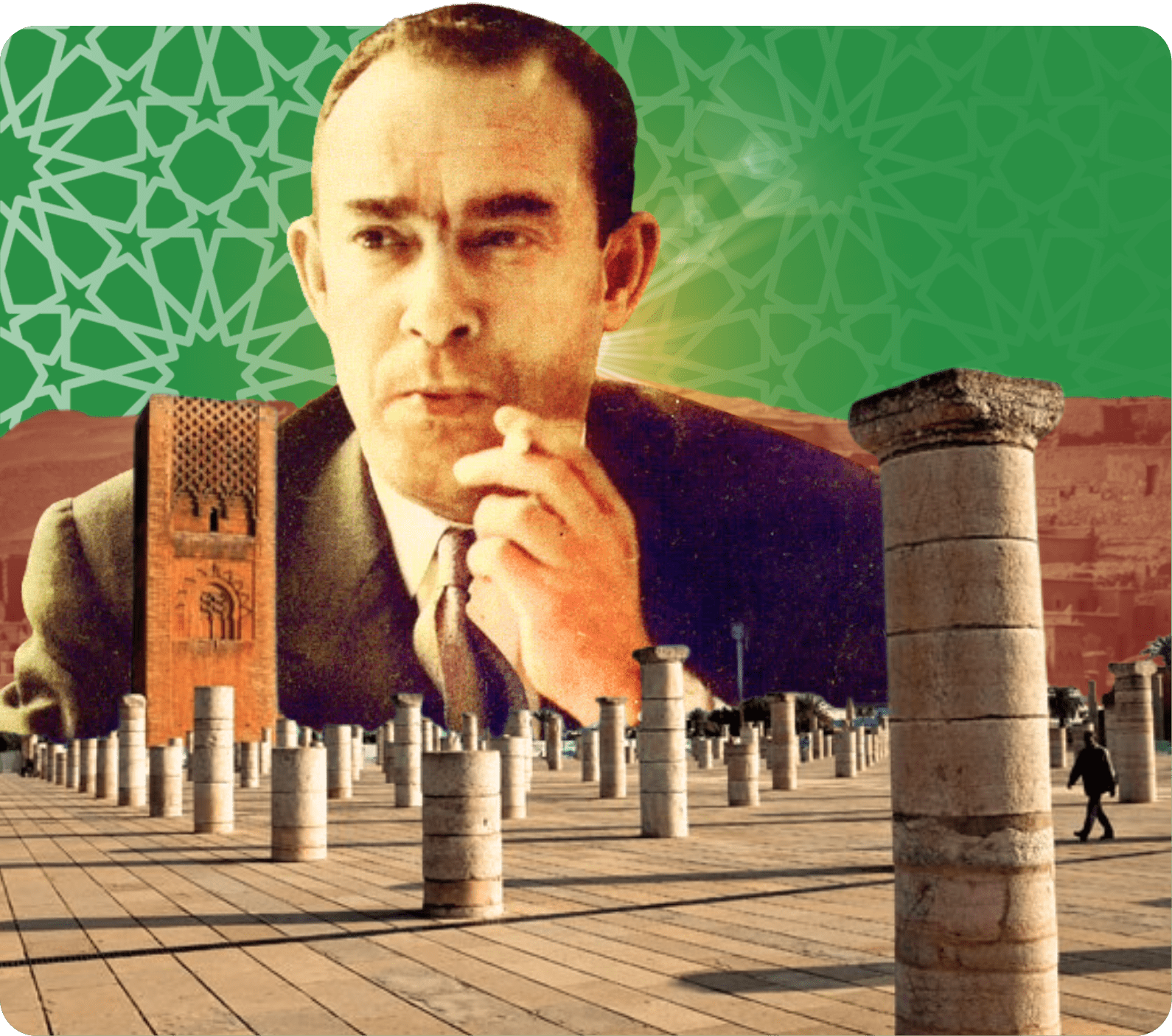
Global Voice Against Imperialism
Mehdi Ben Barka
Mehdi Ben Barka was a key figure in Morocco’s independence and a leader in the global anti-imperialist movement. He organized the Tricontinental Conference in Havana (1966), uniting liberation movements from Africa, Asia, and Latin America. His international activism led to his mysterious disappearance in Paris in 1965, symbolizing global political repression.
The Woman Behind Morocco’s Fight for Freedom
Malika Al Fassi
Malika Al Fassi, the only woman to sign Morocco’s 1944 Manifesto of Independence, was a trailblazer in the fight against colonial rule. Beyond her political activism, she championed women’s education and empowerment, playing a vital role in resistance networks. Her courage and leadership made her a lasting symbol of female strength in Morocco’s history.
Women Warriors of Morocco’s Independence
Unsung Heroes of Resistance
Behind Morocco’s fight for freedom stood fearless women whose stories remain untold. From leading armed resistance to organizing uprisings and sustaining underground networks, their courage and determination were pivotal in challenging French and Spanish colonial rule. These trailblazers not only shaped history but also inspired future generations of Moroccan women.
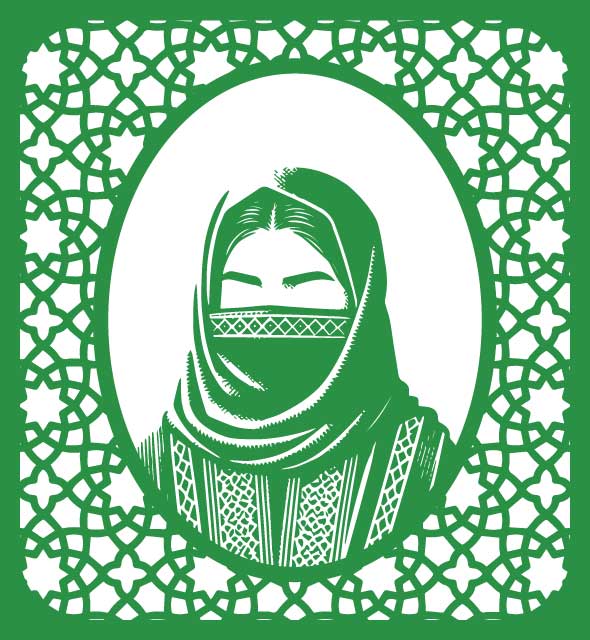
Rahma Boushish
Active: 1920s
A fierce Rifian fighter, Rahma joined Abdelkrim El Khattabi during the Rif War, directly engaging in combat against Spanish colonial forces in northern Morocco.
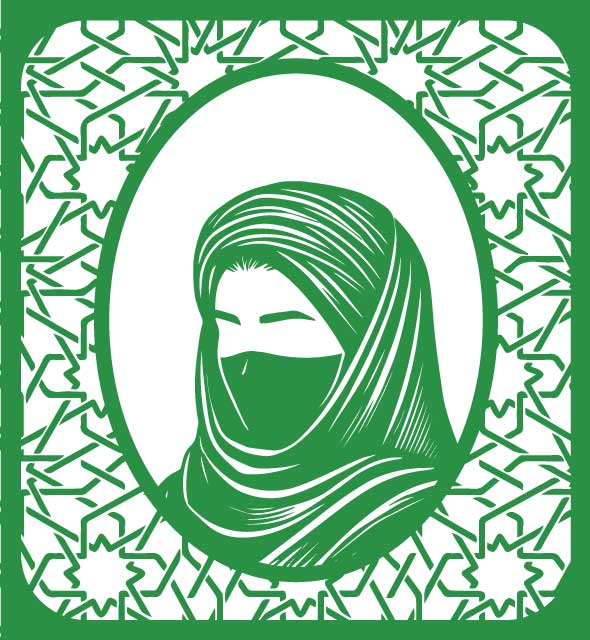
Fatima R’Guibi
Active: 1950s
A key member of the Moroccan Liberation Army (ALM), Fatima coordinated logistics, transported weapons, and supported resistance operations against French colonial forces.
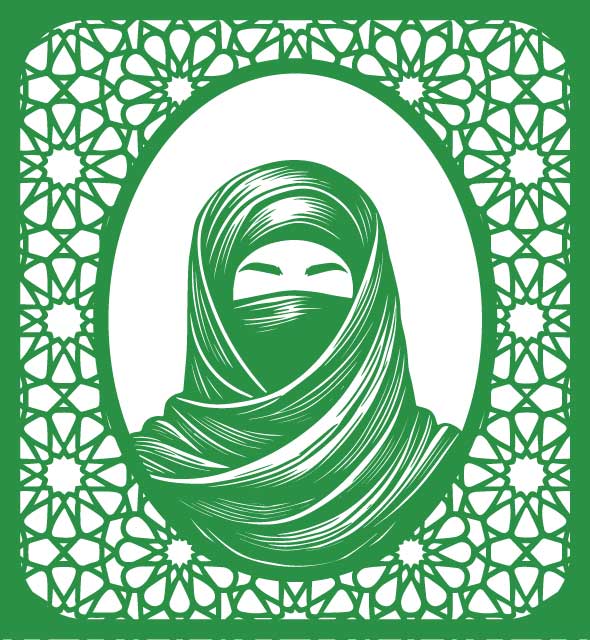
Aziza Ouhammad
Active: 1950s
From the High Atlas, Aziza aided tribal uprisings by providing intelligence and logistical support to guerrilla fighters resisting French colonial rule.
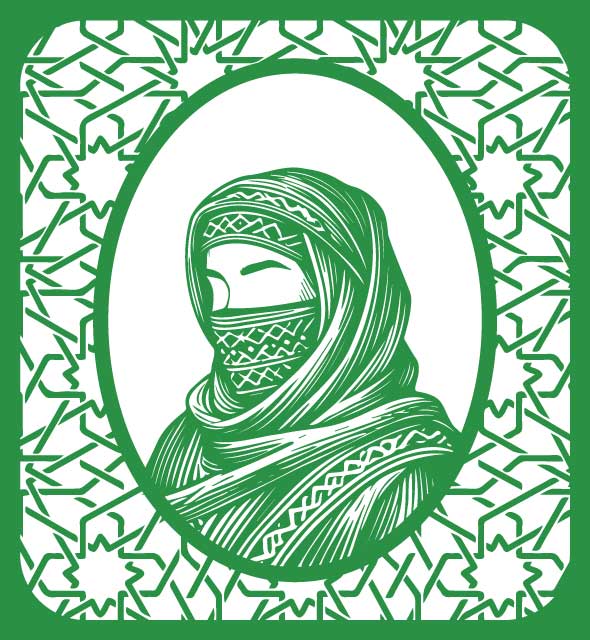
Fadma Ait Moussa
Active: 1950s
Active in the Anti-Atlas region, Fadma organized local communities, maintained communications, and supported rural resistance networks against French colonial authorities.
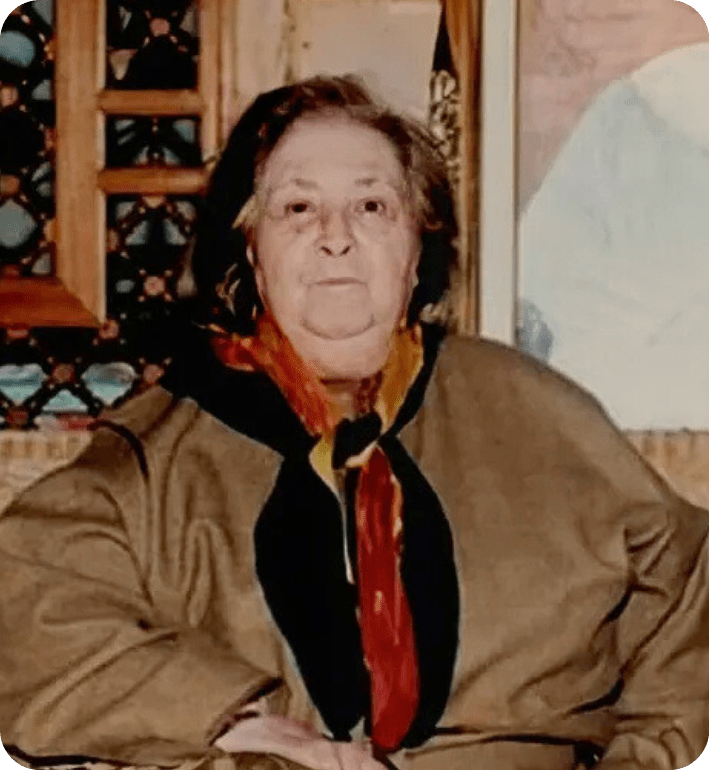
Malika Al Fassi
Active: 1930s - 1950s
The only woman to sign the 1944 Manifesto of Independence, Malika mobilized support for resistance networks and championed women’s roles in the struggle.
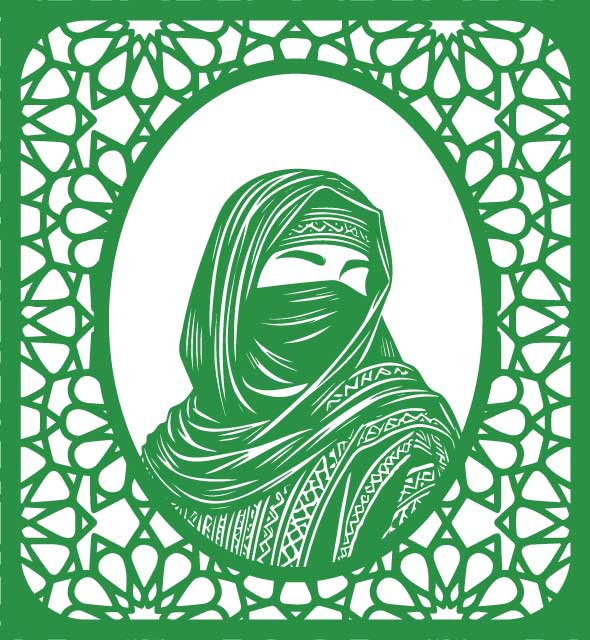
Zohra Filali
Active: 1950s
Zohra contributed to urban resistance in Casablanca, coordinating secret meetings, assisting in logistics, and supporting resistance fighters in their anti-colonial efforts.

Amina El Alaoui
Active: 1950s
Amina provided safe houses and coordinated messenger networks in Fes, ensuring the smooth operation of underground resistance against French authorities.
Final Fighter for Morocco’s Freedom
Abbas Messaadi, leader of the Moroccan Liberation Army (ALM), played a crucial role in the final stages of Morocco’s fight for full independence. Even after France’s withdrawal in 1956, he led armed resistance against Spanish colonial forces in the Rif region. His assassination marked the end of major military efforts for Morocco’s sovereignty.
Echoes of the Past
Share Your Story
We invite those who lived through Morocco’s struggle for independence to share their stories, photos, and videos. Your firsthand experiences are vital in preserving history, honoring the heroes, and inspiring future generations. Help us bring these powerful moments to life by sharing your unique perspective.
